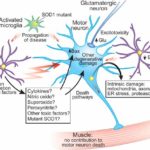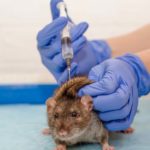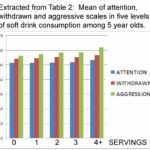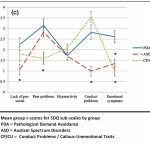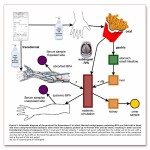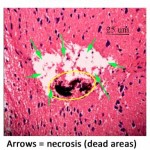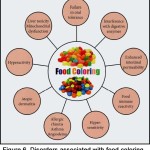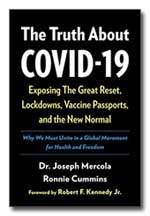This gallery contains 3 photos.
Masone & Chanforan, Computational Biology and Chemistry. 56(2015): 152-158. Five artificial food dyes were compared to their “natural equivalents” in ability to bind to human serum albumin (HSA). Note: In the case of binding to HSA, less is better. The … Continue reading











